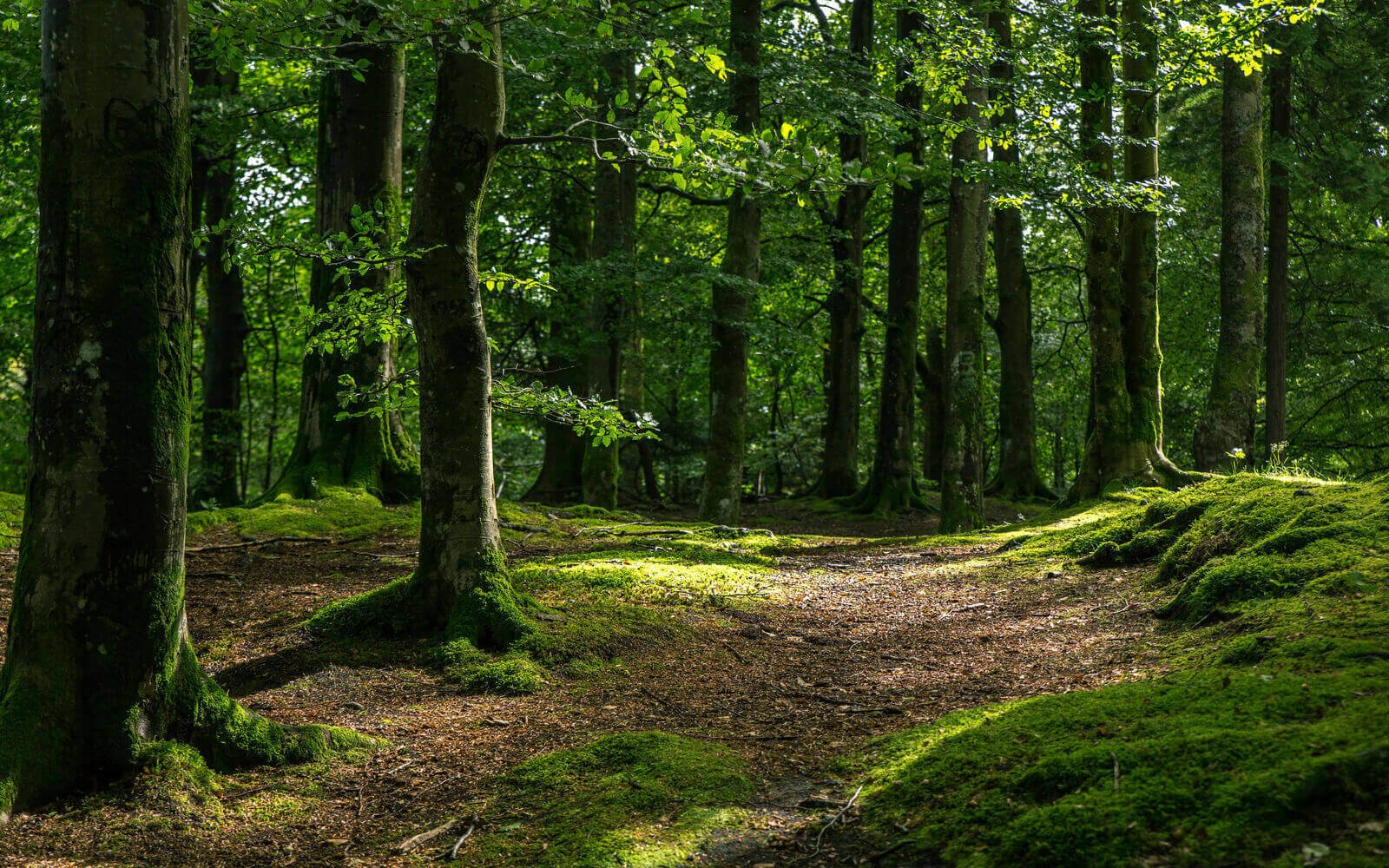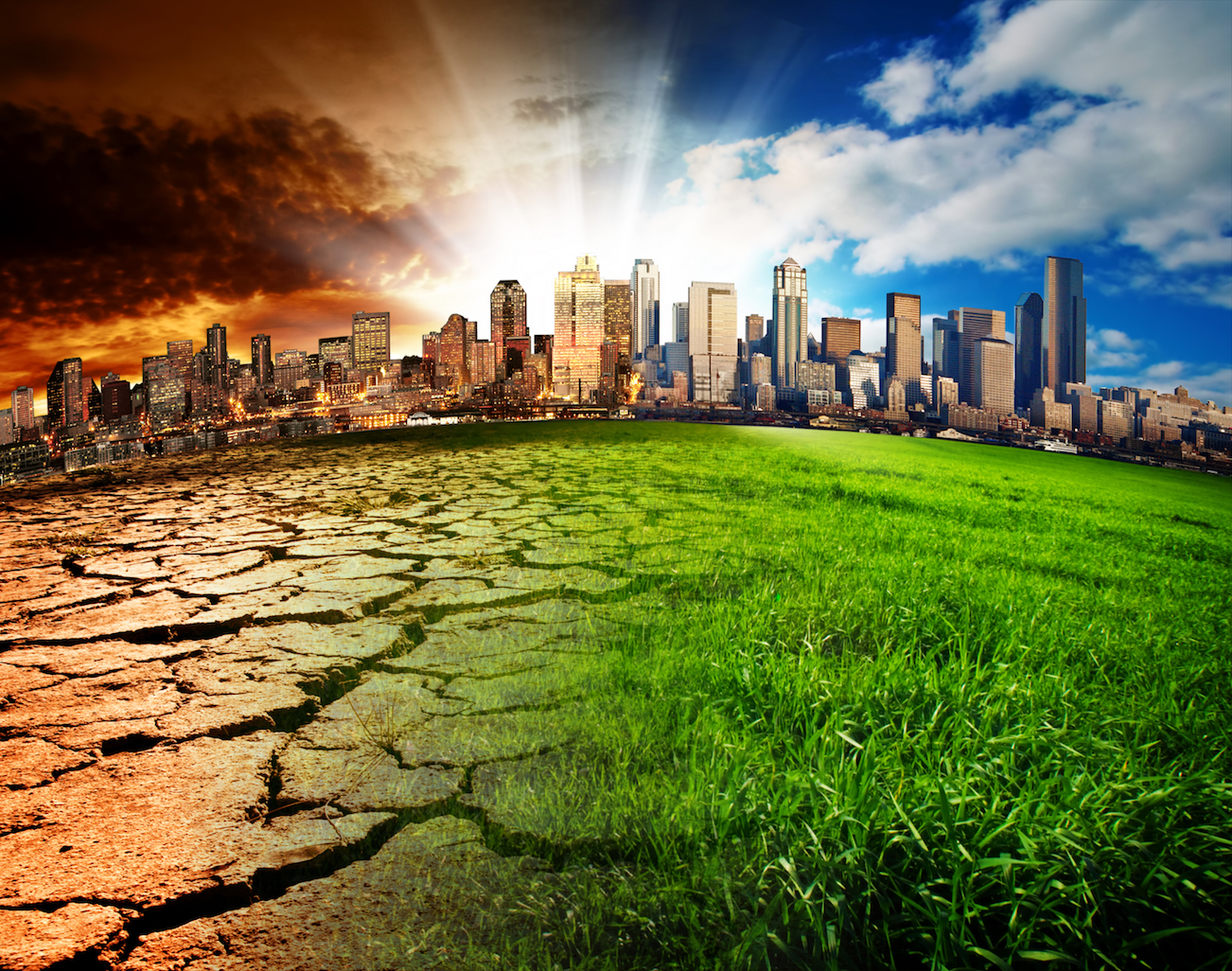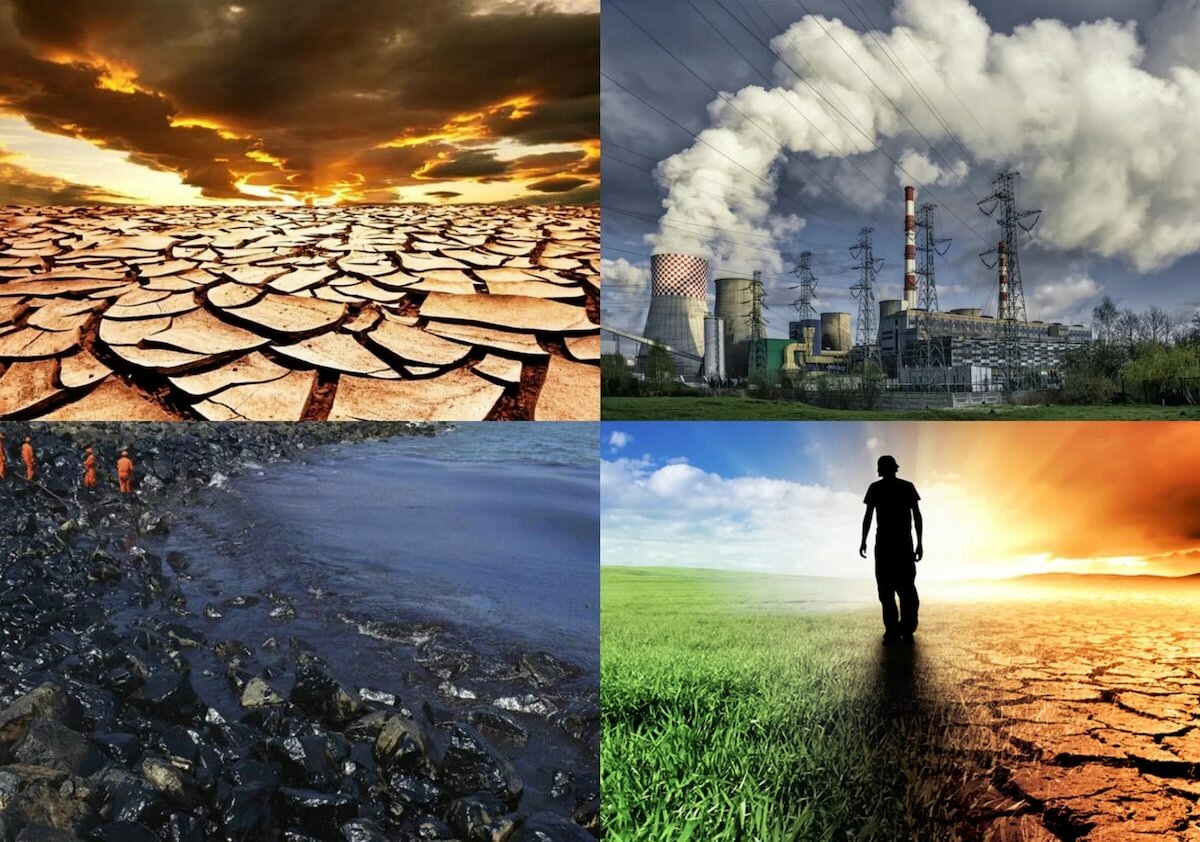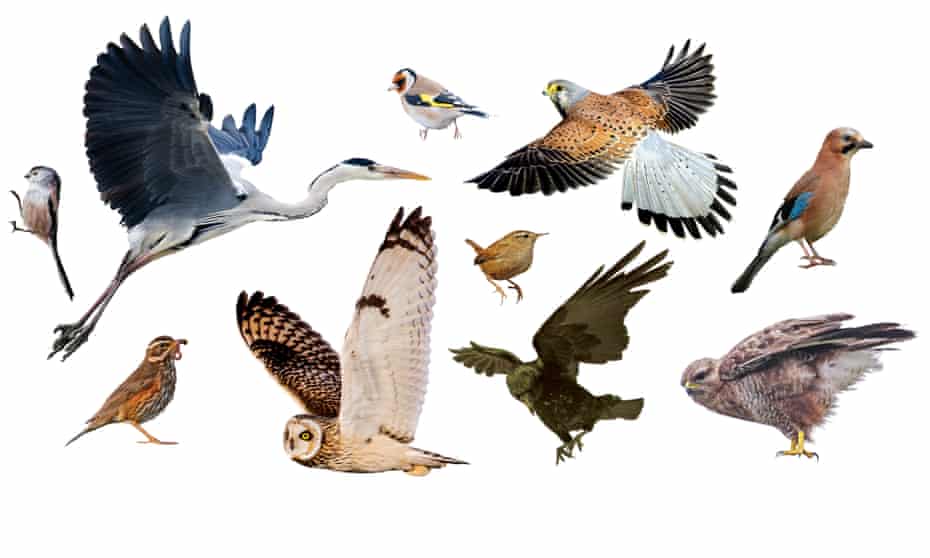Муниципальное бюджетное общеобразовательное учреждение
средняя школа № 2
СБОРНИК ТЕКСТОВ ДЛЯ ПОДГОТОВКИ К ЕГЭ ПО АНГЛИЙСКОМУ ЯЗЫКУ: раздел «Словообразование».
составитель: учитель английского языка
1 категории Звонкова Татьяна Юрьевна
Смоленск 2021
Пояснительная записка
Как известно, Задания 26 – 31 на ЕГЭ – это упражнения на словообразование. Как показывает практика, очень многие считают эти задания едва ли не самыми сложными во всем ЕГЭ по английскому языку. Данное методическое пособие содержит 6 аутентичных статей из известной газеты The Gardian, адаптированных под формат упражнений 26-31 ЕГЭ.
Task № 1
Young people need to value and enjoy nature –
here's how we're doing our bit

| The Country Diary is a little-known corner of the Guardian, but it is in fact thought to be the longest-running newspaper column in the world, first appearing in 1904. Back then it was the work of just one writer, a bird fanatic called Thomas Coward, writing 1) _______ (DAY) despatches about “country life” from rural Cheshire.
The biodiversity loss Britain has suffered since then is 2) __________ (CALCULATE), but suffice to say that Coward had vastly greater numbers of flora and fauna to write about than today’s diarists. Another 3) _______________(GENERATION) change has been children’s interaction with the natural world, or lack thereof. A 2015 YouGov survey found that fewer than one in 10 British children had access to 4) _________ (NATURE) areas, compared with 40% of adults when they were younger.
With all this in mind, and with the climate crisis growing ever more urgent, we decided to do our bit. In spring 2020, an offshoot of the Country Diary for junior writers – the Young Country Diary – was launched. It has been a huge success, with hundreds of submissions, and children aged 8 to 14 now 5) _____________ (REGULAR) writing for the Guardian about the natural world. Our two most recent diaries show how wildlife can inspire, and how much talent is out there. Eight-year-old Orla wrote a highly 6) ___________ (ENTHUSIASM) and fact-filled piece on seeing a bullfinch in North Yorkshire, while 12-year-old James submitted an atmospheric, compelling diary about finding fossils on the Dorset coast. We’ve also had entries on a city farm in south London, discovering a newt in Wales, and the bugs living inside a composter in the Midlands.
The need for young people to value and engage with nature, in this way and others, is clear: the more people who care about the environment, the more we can preserve it, and the benefits to children of being in nature are well documented. The green shoots are there: the mass climate marches by schoolchildren in March 2019 were 7) _____________ (PRECEDE) and hopeful, even if they were interrupted by the pandemic, while according to a government survey published last autumn, 78% of 8 to 15-year-olds in the UK believe in the importance of protecting the environment. I’m particularly 8) ____________ (EXCITEMENT) by the idea of a natural history GCSE, which is currently under consideration by the Department for Education. This would not only provide a springboard for budding 9) ____________ (NATURE), it may also turn the heads of children who have never heard the term “natural history”.
As for the diary entries, there is something particularly 10) _____________ (VALUE), about recording what you have seen and done in nature, whether it’s for a Guardian column or just for your own personal pleasure. Nicola Chester, a Country Diary regular and longtime environmental 11) _____________ (ACT), says we must “Write it all down (or just some of it!) with the joy and curiosity of an explorer. It may be a record that no one else has thought to keep. It’s both a 12) ______________ (CELEBRATE) of what you’ve seen, and a way to build resistance to what is being lost.” by Paul Fleckney Down to Earth, The GARDIAN, January 2022 |
Task № 2
It's code red for our climate as we end 2021 –
but at least we have a clear to-do list

| Ever since Cop26 I’ve had Martha and the Vandellas playing, the lyrics “nowhere to run to baby, nowhere to hide” summing up the current moment. These are words which set the tone for the year ahead, with their sense of upbeat panic. The last year has 1) _________ (DEFINE) contained many moments of reckoning, not least the publication of the very severely worded IPCC report representing code red for humanity. It seems like that 2) ____________ (AWARE), now out of the box, can’t be shut back up. The stark situation we find ourselves in with regard to the environment is obvious.
In many ways we have a clear to-do list, even if that is freighted with last-chance-saloon 3) ___________ (EXPECT). Given 89% of CO2 emissions are from fossil fuels and industry, we know where to focus. Top of the to-do list has to be stop extracting fossil fuels, stop burning them, stop subsidising them. Just stop!
In many ways, the investor and finance sector had already started to make that call and this year that will probably accelerate. 4) ___________ (POLITICS) can obfuscate and, in the words of Greta Thunberg, ‘blah blah blah’ all they like, but the money is heading away from fossil fuels. One of my favourite ‘overheard at Cop26’ moments was an expert referring to politicians as "lagging indicators".
That seemed to be the case for the Cambo oilfield project (at least for now). The brilliant work of Client Earth, using not just legal angles but diplomatic ones to push for the end of coal, will continue to be really 5) _________ (SIGN) next year. Comfortingly, that extends far beyond Europe to very-hard-to-read China, where Client Earth claims to have trained 1,000 judges and prosecutors on regional pollution laws.
We’ve also become reliant on the global youth 6) __________ (MOVE) to apply pressure and hold power to account. This coming year, they need full support (including financial, as many youth activists pay their own way). This youth movement has moved on from school strikes, and now needs to play a proper role. We cannot have another Cop that holds them at arms length. Cop27 in Egypt must have proper 7) __________ (PRESENT) built into the structure (in 2018 UN protocols were changed to allow youth leaders to participate in more of the process, but they still don’t have a seat in 8) ____________(NEGOTIATE). We can’t rely on the pressure of protest either, because there is every chance that it will not be allowed in Egypt (there is every chance they will be tricky here too, thanks to the police and crime act).
One vital sign that we should take huge comfort from is that we are 9) ___________ (FINAL) talking about a dual crisis in climate and nature. The two are inextricably linked and yet the UN process (which I keep banging on about because it is the process we have, however 9) __________(PERFECT) as sought to keep them apart in about four different and very complicated channels and processes separating biodiversity and climate regimes. This has proved a huge headache for smaller countries, many of which are climate vulnerable and 10) _______________ (DIVERSE) hotspots. In Glasgow, attempts were made to bring nature and climate together, and the often-neglected so-called Cinderella subjects – including land use and agriculture – took part in Nature Day. Could Cop27 mark the point at which Cinderella gets to go to the ball? by Lucy Siegle Down to Earth, The GARDIAN, January 2022 |
Task № 3
Pesticides have polluted our rivers and lakes
– and there's no quick fix

| I have been reporting on pesticides for more than a decade, but some 1) ___________ (REVEAL) really stick in my mind. One was the discovery in 2013 of insecticide pollution in the ditches by Dutch fields that was so bad the water itself could have been used as an 2) __________ (EFFECT) pest killer. Not surprisingly the impact on dragonflies, snails and other wild water creatures was devastating. The situation does not appear to have improved. New research by the European Environment 3) _________ (AGENT) showed excessive levels of pesticides in about a quarter of rivers and lakes across the EU, with the Netherlands the worst affected. More than half of all Dutch water bodies – 56% – had high levels of pesticides, including 62% of lakes. Agriculture is 4) ____________ (PART) intensive in the Netherlands, but it is far from alone in dousing its landscapes in pesticides. In Italy, Belgium, the Czech Republic and Finland, about half of water bodies were heavily polluted, as well as 38% in Germany, 33% in Ireland, and 26% in France. The EEA also reported excess pesticides in groundwater in about 5% of sites. The striking aspect of this was that the most common 5) ___________ (POLLUTE) was atrazine, which was banned in the EU in 2007. “It is very persistent,” said the EEA, which also noted that, unlike most pollutants, pesticides are 6) _____________ (SPECIFIC) designed to kill living things. The data analysed by the EEA was taken from more than 20,000 monitoring sites across the EU between 2013 and 2019, but it is far from the full picture. Only half the pesticides detected have exceeded limits set by Europe – the other half could not be included in the study. The data is also reported voluntarily by countries, meaning considerable gaps remain, but there is no 7) __________ (INDICATE) of an improving situation. The UK is no longer an EU member, so was not included in the EEA analysis, but insecticides were revealed to be polluting rivers in England in 2017.The number of different pesticides reported in EU rivers and lakes was more than 100 in Germany and Italy. France detected 215 8) ________ (DIFFER) pesticides in groundwater. That reminded me of another striking finding from France, from a study I reported in 2017: virtually all farms could significantly cut their pesticide use while still producing as much food. Most pesticides are applied “just in case”, the work showed, doing little other than harming nature. Only a few months after that, another 9) ______________ (MEMORY) study laid out the big picture: the assumption by regulators around the world that it is safe to use pesticides at industrial scales across landscapes is false, said senior scientists. With no limit on the total amount of pesticides used, and virtually no monitoring of their effects in the environment, the damage is done before it is detected. The new EEA analysis comes at an important time. The European Green Deal plan is aiming to reduce the use of, and risks from, chemical pesticides by 50% by 2030. Addressing the risks, as well as the volume, of pesticides is vital – the amount being used is falling, but the 10) __________ (INCREASE) toxicity of the chemicals is outpacing that fall. But cutting pesticide use it is not going to be easy. Last week, the website DeSmog published an investigation into the powerful companies and lobby groups working to water down the EU’s targets for more 11) ___________ (SUSTAIN) farming. These companies and groups spent €45m lobbying EU decision-makers between 2019 and 2020, DeSmog reported, and held hundreds of meetings with relevant bodies. Natacha Cingotti, at the Brussels-based Health and Environmental Alliance, said: “When working on pesticide-related policies, the imbalance of stakeholders in favour of industry interests is striking. The dominating actors are those very companies set to profit from the sale of 12) _________ (HARM) chemicals, not those who stand for health and environment protection.”
by Damian Carrington Down to Earth, The GARDIAN, January 2022 |
Task № 4
Activism is the driving force behind America's healthier highways

| As 2021 enters its final stages, the year will 1) __________ (VARY) be reflected upon as one marred by pandemic, disinformation and a worsening climate crisis. But it may also be considered the year when a 2) ___________ (FUND) rethink started to blossom over the role of roads in our cities and towns. Some of this has been marked by direct confrontation, such as the Insulate Britain protests that blocked the M25 and M56 motorways, while in other places it’s seen the gleeful embrace of cycling over driving, such as in Paris. Perhaps the most profound shift is stirring in the US, a country with a seemingly insatiable thirst for large SUVs, an often desultory attitude to public transport and a 3) ___________ (PROBLEM) history of carving highways through the hearts of its cities. The huge expansion of the interstate highway system from the 1950s onwards saw the widespread razing of black 4) ____________ (NEIGHBOUR) to make way for the new roads. It’s left a legacy of air pollution that has blighted the health of those left behind and a car dependence that has been disastrous for the climate. It also caused community 5) ____________ (LOCATE) that hurts to this day. “It was a space where you could buy a pie, where you could go to see jazz music,” said activist Qannani Omar about the vibrant area flattened to make way for Highway 55 in the north side of Minneapolis. “It had walkability. People were able to live in this community and walk to their needs.” Minneapolis is just one city – Rochester, New York and Oakland, California are notable other examples – where resident groups are pushing for such highways, which 6) _____________ (PROPORTION) cleaved apart communities of colour, to be removed. And now they have an ally in the US government, which has acknowledged the need to make amends for a racist past that imperils the climatic future. The recently passed infrastructure bill designates $1bn to “reconnecting” communities across the US, which will involve tearing down harmful highways, creating new pedestrian-friendly trails and providing better links to bus and train lines. The lay-out of America’s highways “obviously reflects racism that went into those design choices”, Pete Buttigieg, the transport secretary, has 7) ___________ (KNOW). “We have nothing to lose by confronting that obvious reality.” Already, there are signs of what this 8) ____________ (TRANSFORM) would look like. A new plan for the CrossBronx Expressway, one of the busiest and most polluting freeways in New York City, is to be devised, ‘capping’ it with greenery and providing nearby residents with a better barrier from the pollution and noise it generates. Advocates say much more needs to be done – removing highways rather than just lessening their impact and far more funding is required to make a 9) ____________ (SIGN) dent in America’s tangle of roadways – but a new vision for urban areas is starting to take hold, fuelled by open streets initiatives that saw pedestrians, skateboarders and playing children ushered into places previously the sole domain of cars pre-pandemic. The hope is that not only will America’s cities start to feel a bit more connected and 10) ____________ (LIVE) but that planet-heating emissions will drop off, too.
by Oliver Milman Down to Earth, The GARDIAN, December 2021 |
Task № 5
Activism is the driving force behind America's healthier highways

| Let's be honest about the climate crisis – and that means being 1) ___________ (HOPE) too. Let’s start with the big picture, the bad news first, and then the good: the environment is the world and everything in it. It is the air, water and food we need to survive and the 2) _________ (NATURE) wonders that leave us awestruck. Ultimately, we rely on the environment for everything. But we are destroying and polluting it. The Great Acceleration of 3) ____________ (CONSUME) and population growth of the last 70 years has brought us into the Anthropocene, where 4) ____________ (HUMAN) dominates the planet, and to a triple crisis. The climate crisis, with its wildfires and floods, is upon us. The carbon dioxide from our relentless burning of fossil fuels is trapping ever more heat and pushing the gentle weather that nurtured the growth of 5) ____________ (CIVIL) to new extremes. The biodiversity crisis has put us on the verge of the first mass 6) ____________ (EXTINCT) of species ever faced by Homo sapiens. The razing of forests, ploughing up of grasslands and plundering of the seas is pushing the wild world to the margins. The 7) ____________ (POLLUTE) crisis is killing millions of people a year with dirty air, foul water and toxic soils. It is decimating wildlife too, not least the myriad insects without which we will not survive. But it is not too late. We have the 8) ______________ (KNOW) and tools to restore the land, water and air and create a sustainable future. It is happening in 9) _____________ (NEW) energy, electric cars and plant-based alternatives to meat. Science, technology, economics, politics, social justice and more will all 10) _________ (ACT) as the future unfolds. by Damian Carrington Down to Earth, The GARDIAN, December 2021 |
Task № 6
10 beautiful winter birds to spot in UK towns and cities

| From the streetwise crow to the 1) __________ (COLOUR) goldfinch, the co-founder of Flock Together reveals the birds he loves to look out for in winter. As a co-founder of Flock Together, a London-based birdwatching collective for people of colour that organises walks across the south of England all year round, the question I am asked most often is: “Are there even any birds in winter?”
It’s fair enough. Birdsong declines 2) __________ (SHARP) in winter, as birds do not need to attract mates outside the breeding season; many summer visitors will have left, and there is less need to mark territory, so there is more space. However, birds wintering here are frantically looking for food. This, along with 3) _________ (LEAF) winter trees, means plenty of opportunities for good sightings, wherever you are. Here are some of my favourite birds to watch in winter. Some are in the UK year-round, others migrate in for the season, and the good news is that they are all 4) ____________ (SPREAD) in the UK – even if you live in a city, you shouldn’t have to go far to see them. Carrion crow My favourite bird to watch! Gangs of these glossy all-black birds rule the streets. Living in numbers helps them ward off 5) ___________ (COMPETE) and establish strongholds. An “everyday” bird? Yes. Unimpressive? Absolutely not. Wren This tiny brown bird can be identified by its cocked-up tail. They often hide under thick hedges, singing their loud, melodic song. I like to spot them in Hackney Marshes but they can be seen everywhere.
Grey heron Grey herons exude a pterodactyl-like energy in flight – 6) ____________ (SPECIAL) when they let out their loud squawks. Standing by water, hunting for amphibians and fish, they can sometimes be so still that you question whether you’re looking at a statue. We once received a video of one spinning a rat by its tail. Long-tailed tit These crazy cute, pink, black and white birds are so tiny that you might miss them – but their long tails make them easy to recognise. They are hardly ever seen alone and flocks will hop from one garden to the next, looking for hanging 7) __________ (FEED). Short-eared owl These owls hunt by day, so you might spot them flying low above open ground. Lots arrive from Scandinavia and show themselves for the winter year after year. I like to watch them at the RSPB Rainham Marshes reserve in Essex, but they can be seen in 8) __________ (SUIT) habitats from Scotland to Cornwall. Redwing A true winter bird of the UK, this is a type of thrush distinguished by a red patch under its wings and an eyestripe. Thousands 9) _________ (ARRIVAL) in the UK from colder climates in late October. They feed mainly on berries and worms. The ones on my balcony came for the sliced oranges and apples I left out.
by Nadeem Perera The GARDIAN, December 2021 |
Keys:
Task № 1: 1) daily, 2) incalculable, 3) generational, 4) natural, 5) regularly, 6) enthusiastic, 7) unprecedented, 8) excited, 9) naturalist, 10) valuable, 11) activist, 12) celebration
Task № 2: 1) definitely, 2) awareness, 3) expectation, 4) politicians, 5) significant, 6) movement, 7) representation, 8) negotiation, 9) finally, 10) imperfect, 11) biodiversity
Task № 3: 1) revelation, 2) effective, 3) agency, 4) particularly, 5) pollution, 6) specifically, 7) indicate, 8) different, 9) memorable, 10) increasing, 11) sustainable, 12) harm
Task № 4: 1) invariably, 2) fundamental, 3) problematic, 4) neighborhood, 5) dislocation, 6) disproportionally, 7) acknowledge, 8) transformation, 9) significant, 10) liveable
Task № 5: 1) hopeful, 2) natural, 3) consumption, 4) humanity, 5) civilization, 6) extinction,
7) pollution, 8) knowledge, 9) renewable, 10) interact
Task № 6: 1) colourful, 2) sharply, 3) leafless, 4) widespread, 5) competitors, 6) especially, 7) feeders, 8) suitable, 9) arrival
6





















